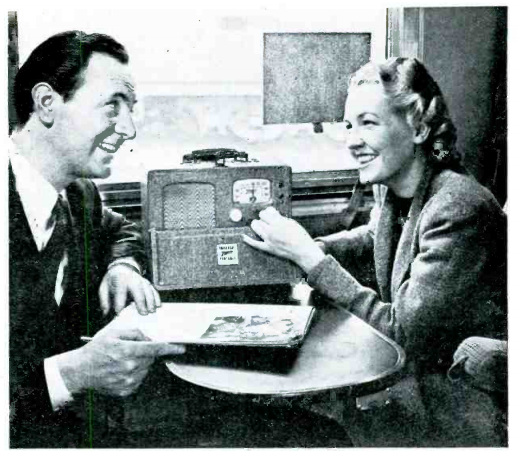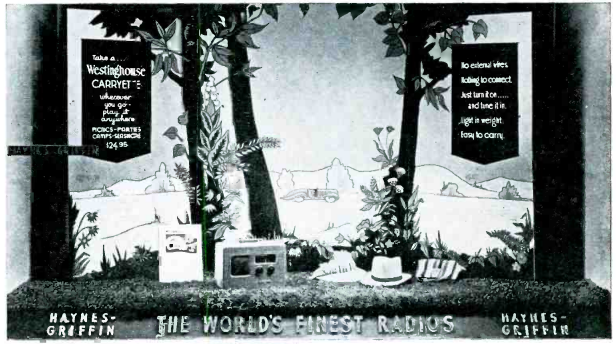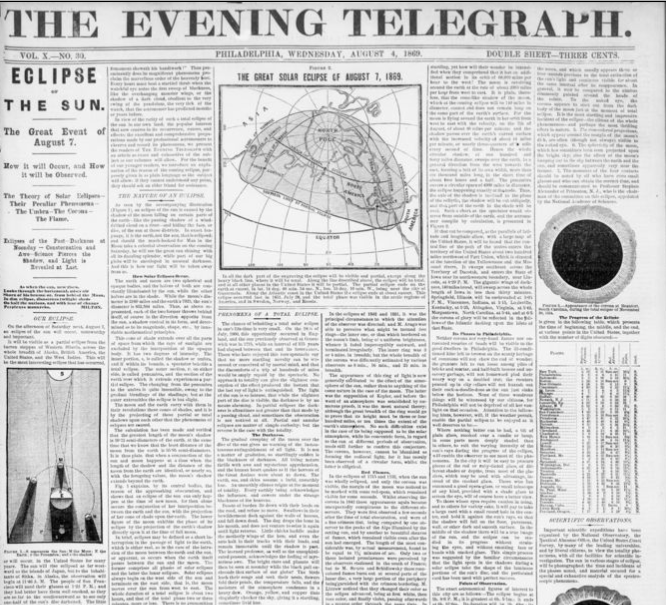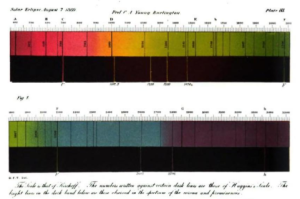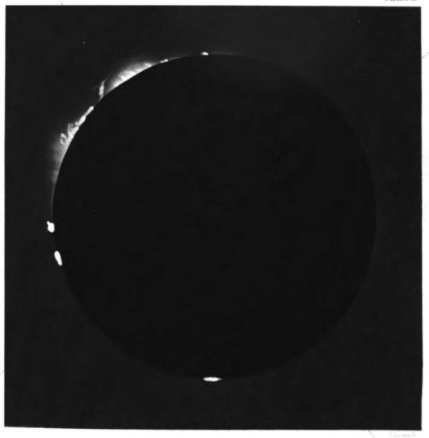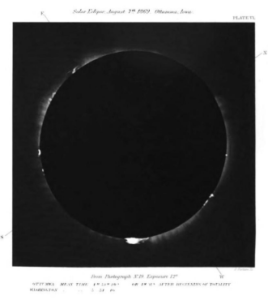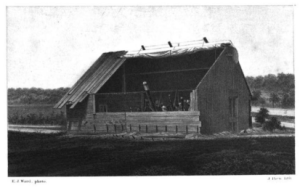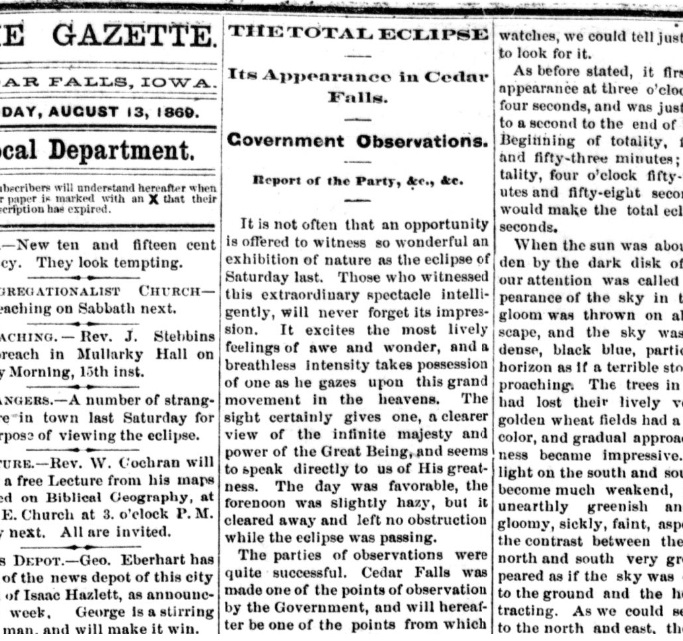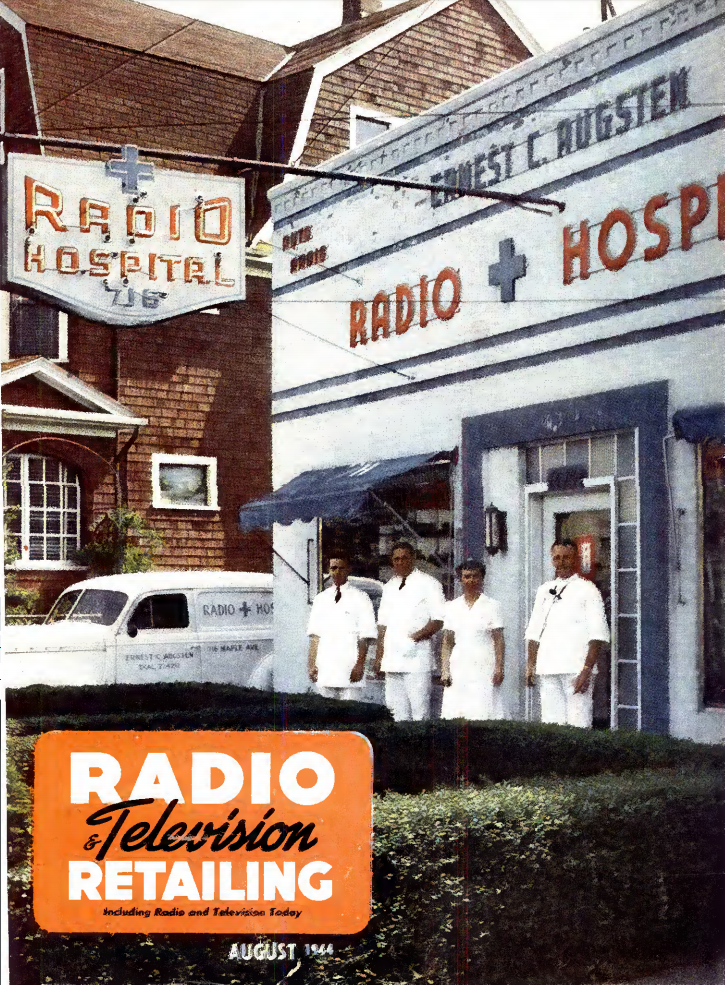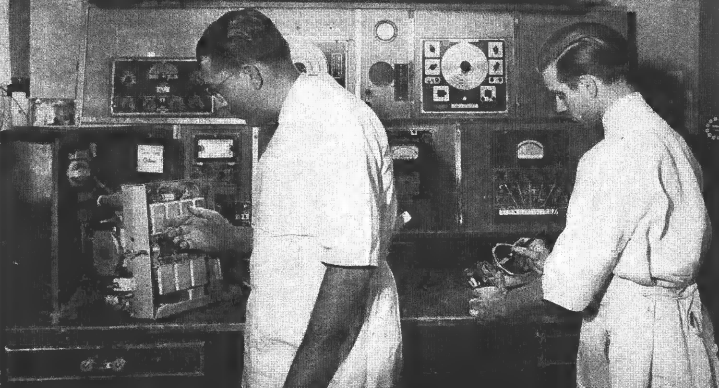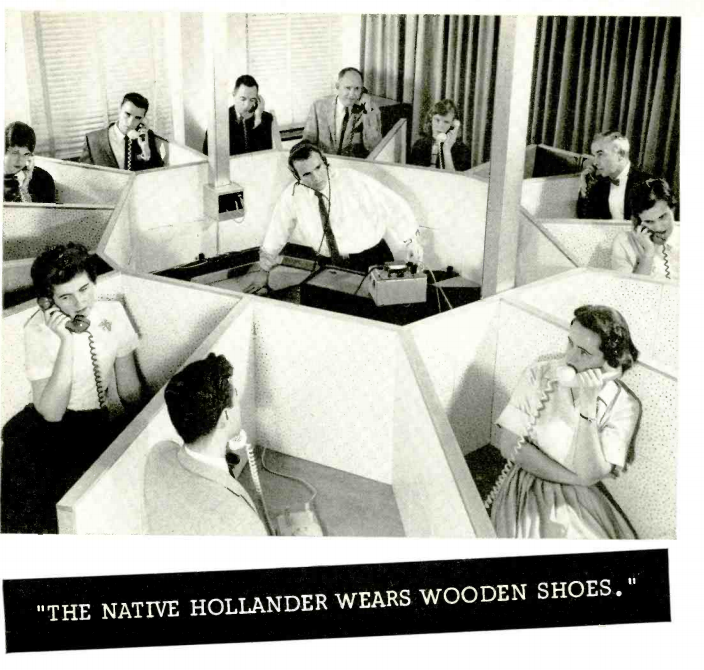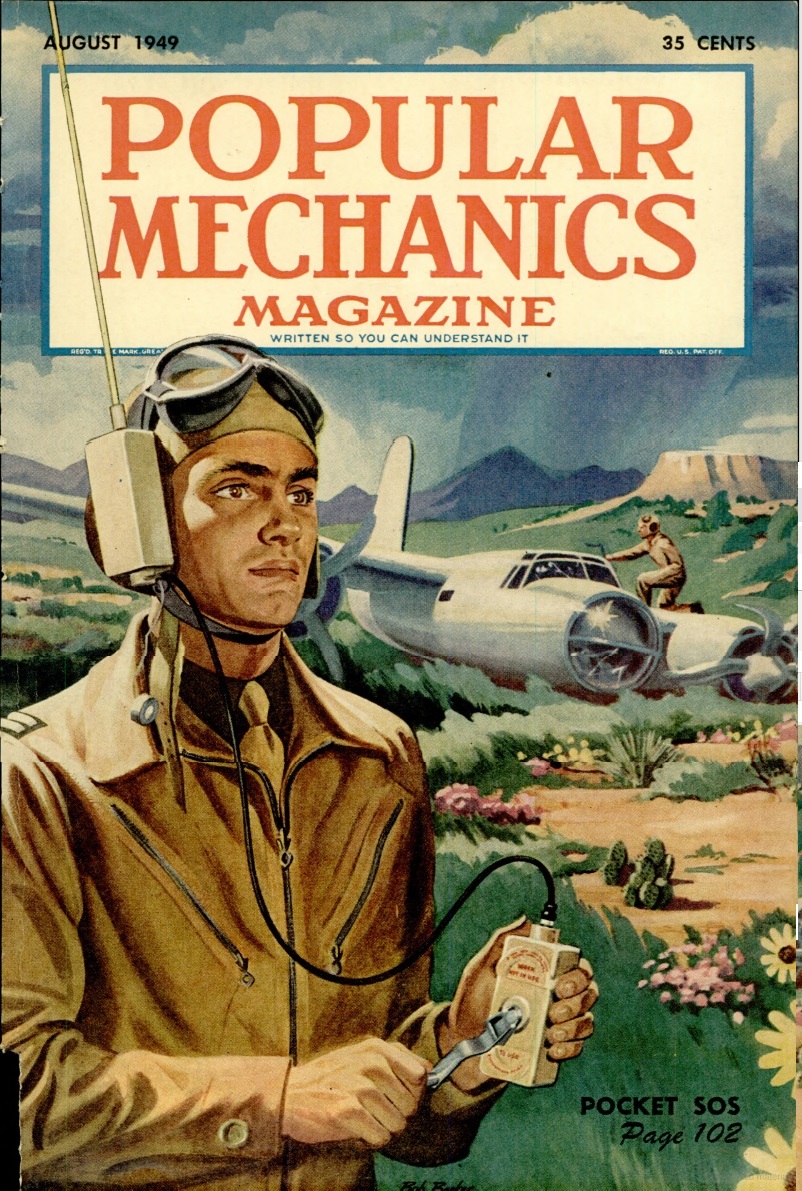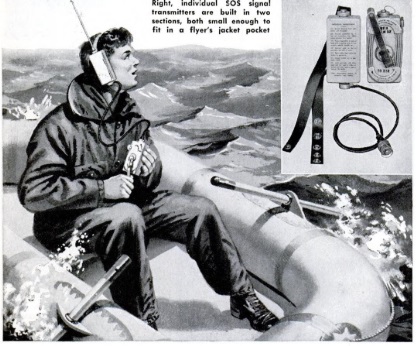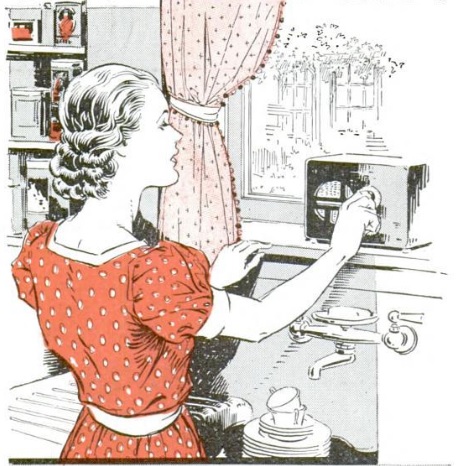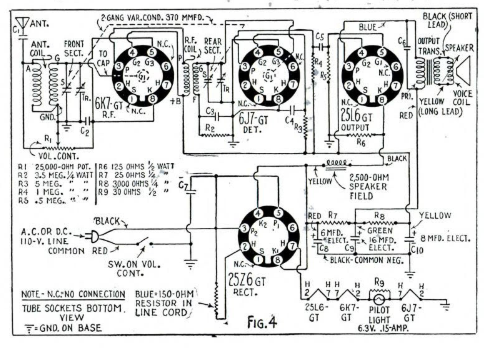
Today, I paid $15 to have a prescription filled. But if I hadn’t been careful, I could have paid $436.
I’ve previously written about the importance of price shopping when having a prescription filled or refilled. This is not like shopping around to save a couple of dollars when buying a gallon of milk. Prescription prices can vary by a huge amount. A pharmacy might have a reasonable price on one prescription, but another pharmacy will charge hundreds of dollars for the exact same prescription. They get away with this because the doctor conveniently offers to call in the prescription to your favorite pharmacy. If you take your doctor up on the offer, you might pay hundreds of dollars more than you need to. You need to get a paper prescription, shop around for price, and then have the prescription filled.
 I’ve previously explained that the website GoodRx.com makes this process easy. You enter the name of the medication, and the site shows you the prices at various pharmacies. In most cases, you need to print a coupon or display it on your smartphone.
I’ve previously explained that the website GoodRx.com makes this process easy. You enter the name of the medication, and the site shows you the prices at various pharmacies. In most cases, you need to print a coupon or display it on your smartphone.
 Since I wrote that, another site sometimes provides a better price. That site is Blink Health. It often has the lowest price, so it’s worth checking. Also, by following the links on this page, you will save $15 off your first order.
Since I wrote that, another site sometimes provides a better price. That site is Blink Health. It often has the lowest price, so it’s worth checking. Also, by following the links on this page, you will save $15 off your first order.
To check the price, you enter the prescription name on their website. When the list of possible medications comes up, select the proper dosage and number of doses.
In most cases, you will see three options for price. The first is for home delivery, and this price is usually quite reasonable. The second is the “Blink Everyday Low Price.” The “Blink Everyday Low Price” is for major pharmacy chains such as Walmart and Safeway. If you need to buy from one of these pharmacies, GoodRX.com probably has a better price.
The third price is for the “Blink Smart Deal,” and this is usually the lowest price. It will display the name of an independent pharmacy in your area, but this pharmacy might not be convenient. You can click on the “change pharmacy” link, and you will see a list of most independent pharmacies in your area. Select that pharmacy, and that’s where you will pick up your prescription.
The Blink website is easy to use, and you place your order as you would with any other website. But there is one additional step. The Blink site is only to pay for the prescription. You also need to call or visit the pharmacy to place your order with the pharmacy. This represents a slight inconvenience, but you are more than compensated by the price savings. When the prescription is ready, you pick it up and give the pharmacy the receipt you printed from the Blink website.
The two-step process is slightly inconvenient, but in some cases, the price savings will be substantial. Often, GoodRx will have a better price or one that is about the same. But sometimes, the difference will be significant, so you want to try both.
At the top of this page is my receipt for a prescription I picked up today. My cost was $15.30. As you can see on the receipt, the copay is listed as zero. This is because I paid in full online. But the most shocking thing about this receipt is the “W/O INS 436.21“. This means that if I had walked in off the street with my prescription, or had the doctor call it in, I would have paid $436.21.
In many cases, GoodRx would have given me a price that was almost as good. In fact, in this case, one pharmacy listed on GoodRx has a cash price of $13.67, with no coupon required. Also, one membership pharmacy would charge $6, plus an annual membership fee. One other local pharmacy shows a price of $316, but $18.46 with coupon.
These prices are crazy, and this whole system makes no sense. Frankly, it’s obscene that my pharmacy would charge an unwitting customer $436, but charged me only $15 because I was willing to jump through some online hoops. And it’s obscene that one pharmacy’s cash price is $14, but another one is $436 for the exact same product. There’s no rhyme or reason, but you have to jump through the hoops every single time. The last time I filled this prescription 90 days ago, Blink was the lowest price. I stayed with them because the price was only slightly higher. The next time, perhaps it will be a lot higher. When that time comes, I’ll switch again.
If you purchase from Blink after using the links on this page, you will receive a $15 discount on your first order. If the total price is less than $15, then the prescription will be free. This site will also receive a credit.
This is one of a series of posts about our experiences with Samaritan Ministries, a health sharing ministry. You can read my other posts about Samaritan at this link. If you decide to join Samaritan Ministries, please mention my name, Richard Clem, as the person who referred you, as I will receive a credit for referring you.

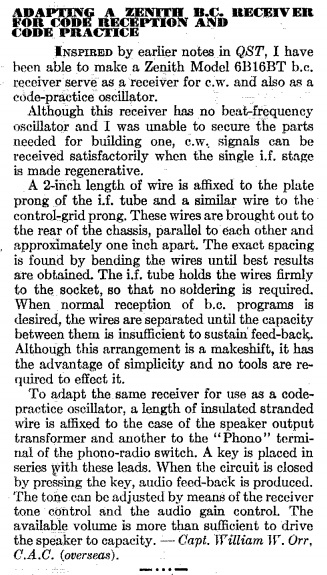 Seventy five years ago, Capt. William W. Orr, stationed somewhere overseas with the U.S. Army Coast Artillery Corps, had a Zenith Model 6B16BT receiver similar or identical to the one shown above, but no way to listen to Morse Code transmissions with it. The set covered the standard broadcast band and 2.3 – 22 MHz shortwave, but the set was intended for listening to broadcast programs, and didn’t contain a Beat Frequency Oscillator (BFO) for listening to Morse Code. If there hadn’t been a war going on, adding a BFO would have been a relatively straightforward proposition of building a one-tube oscillator running near the set’s IF frequency of 455 kHz. But as Capt. Orr points out, he was “unable to secure the parts needed for building one.”
Seventy five years ago, Capt. William W. Orr, stationed somewhere overseas with the U.S. Army Coast Artillery Corps, had a Zenith Model 6B16BT receiver similar or identical to the one shown above, but no way to listen to Morse Code transmissions with it. The set covered the standard broadcast band and 2.3 – 22 MHz shortwave, but the set was intended for listening to broadcast programs, and didn’t contain a Beat Frequency Oscillator (BFO) for listening to Morse Code. If there hadn’t been a war going on, adding a BFO would have been a relatively straightforward proposition of building a one-tube oscillator running near the set’s IF frequency of 455 kHz. But as Capt. Orr points out, he was “unable to secure the parts needed for building one.”

